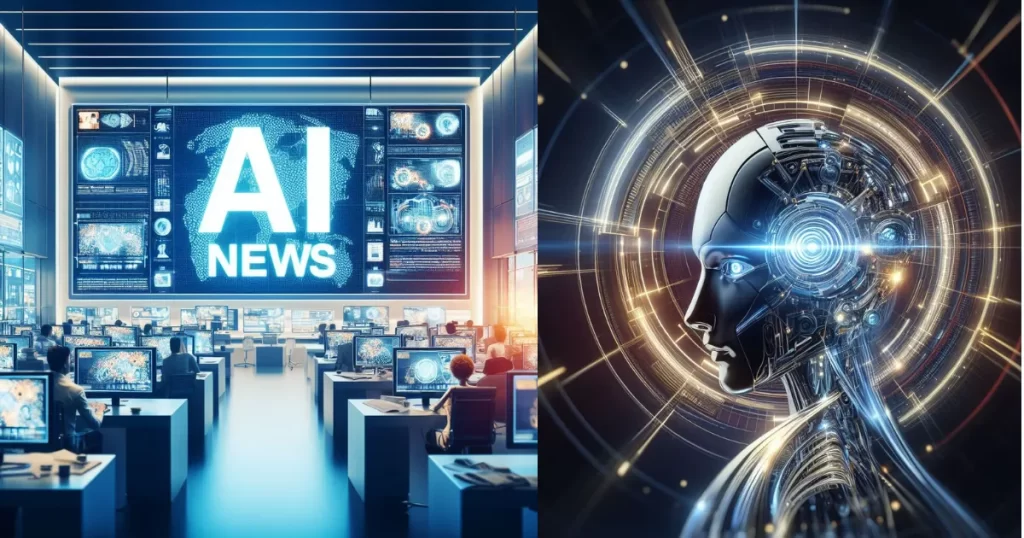OpenAI has transformed the creation of intelligent chatbots such as ChatGPT by including human feedback into the training process. They’re now taking it a step further, adding additional artificial intelligence to the mix. This step is intended to improve the intelligence and dependability of AI helpers.
Initially, OpenAI pioneered a technique known as reinforcement learning with human feedback (RLHF). This strategy includes humans offering input to an AI model in order to increase its coherence, accuracy, and general reliability. Human trainer input is critical for improving the model’s behavior and preventing it from producing inappropriate or inaccurate replies.
However, depending only on human feedback has its drawbacks. Nat McAleese of OpenAI points out that human assessments might be unreliable, especially when evaluating complicated outputs such as sophisticated software code. Furthermore, the method may accidentally optimize the model, resulting in outcomes that appear correct rather than truly accurate.
To overcome these difficulties, OpenAI created a new model called CriticGPT. This model, built on their sophisticated GPT-4, helps human trainers evaluate code. Surprisingly, CriticGPT was able to detect problems that people had overlooked, and its critiques were chosen above human assessments 63% of the time. OpenAI intends to extend this method beyond code review, perhaps improving other aspects of their AI systems in the future.
McAleese stresses that, while CriticGPT can make mistakes (such as imagining false feedback), including such AI tools into their training stack has the potential to greatly minimize human errors and improve the accuracy of AI models like ChatGPT. This method not only seeks to make AI smarter, but it also assures that future AI models outperform existing human skills.
This research is part of an ongoing effort by OpenAI and other groups to enhance massive language models. It is critical to guarantee that these models operate ethically and consistently, especially as they get more advanced. Anthropic, a rival of OpenAI, has also made progress in upgrading its chatbot, Claude, demonstrating a competitive push for safer and more effective AI.
Experts like MIT’s Dylan Hadfield-Menell see incorporating AI into AI training as a logical evolution. He adds that, while this technique has the potential to significantly develop AI capabilities, its overall impact and efficacy must be extensively investigated.
As OpenAI continues to train their next big AI model, they remain dedicated to responsible AI development. This promise comes in the wake of recent organizational changes and concerns about the hazards connected with fast AI development.
In conclusion, OpenAI’s aim to combine human and artificial intelligence in training procedures is an important step toward more intelligent and trustworthy AI systems. They hope to establish new norms for AI dependability and congruence with human values by developing their approaches and using powerful AI tools such as CriticGPT. This continuing evolution promises to determine the future of AI technology, ensuring that it helps society in a responsible and ethical manner.
Source: Adapted from “OpenAI Wants AI to Help Humans Train AI” by Tom Simonite, MIT Technology Review. You can check out the full article here.

I’m Voss Xolani, and I’m deeply passionate about exploring AI software and tools. From cutting-edge machine learning platforms to powerful automation systems, I’m always on the lookout for the latest innovations that push the boundaries of what AI can do. I love experimenting with new AI tools, discovering how they can improve efficiency and open up new possibilities. With a keen eye for software that’s shaping the future, I’m excited to share with you the tools that are transforming industries and everyday life.

